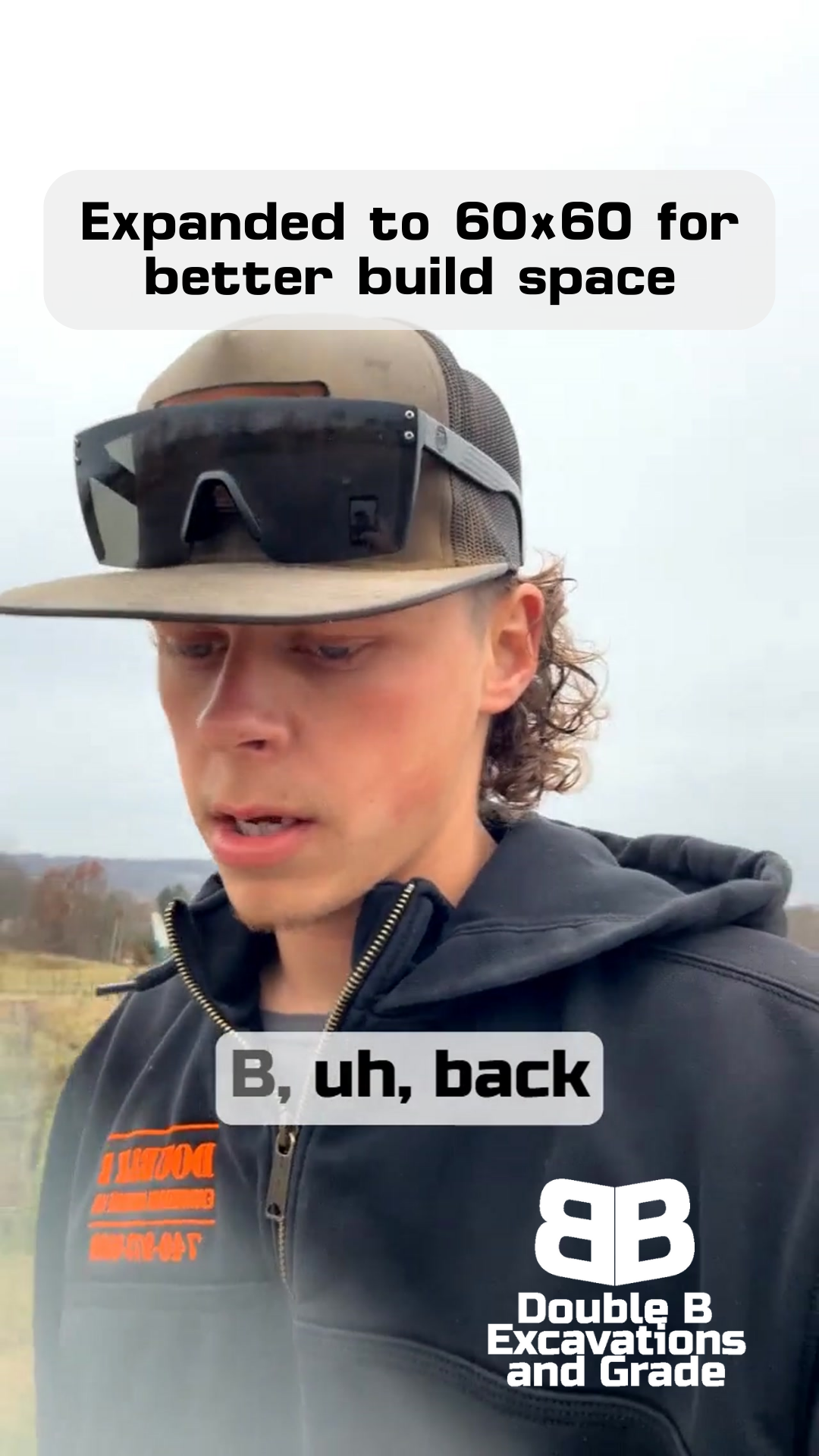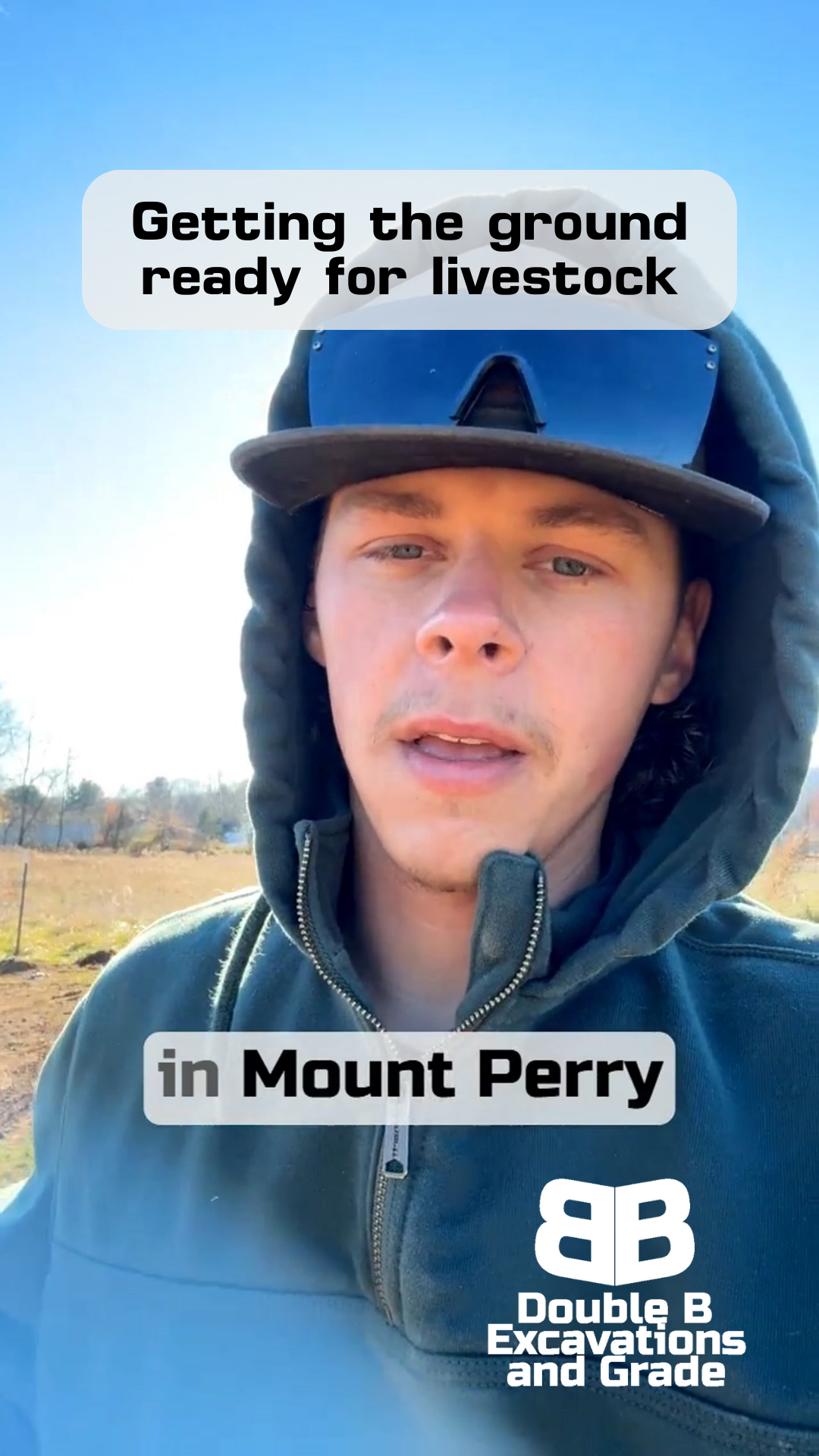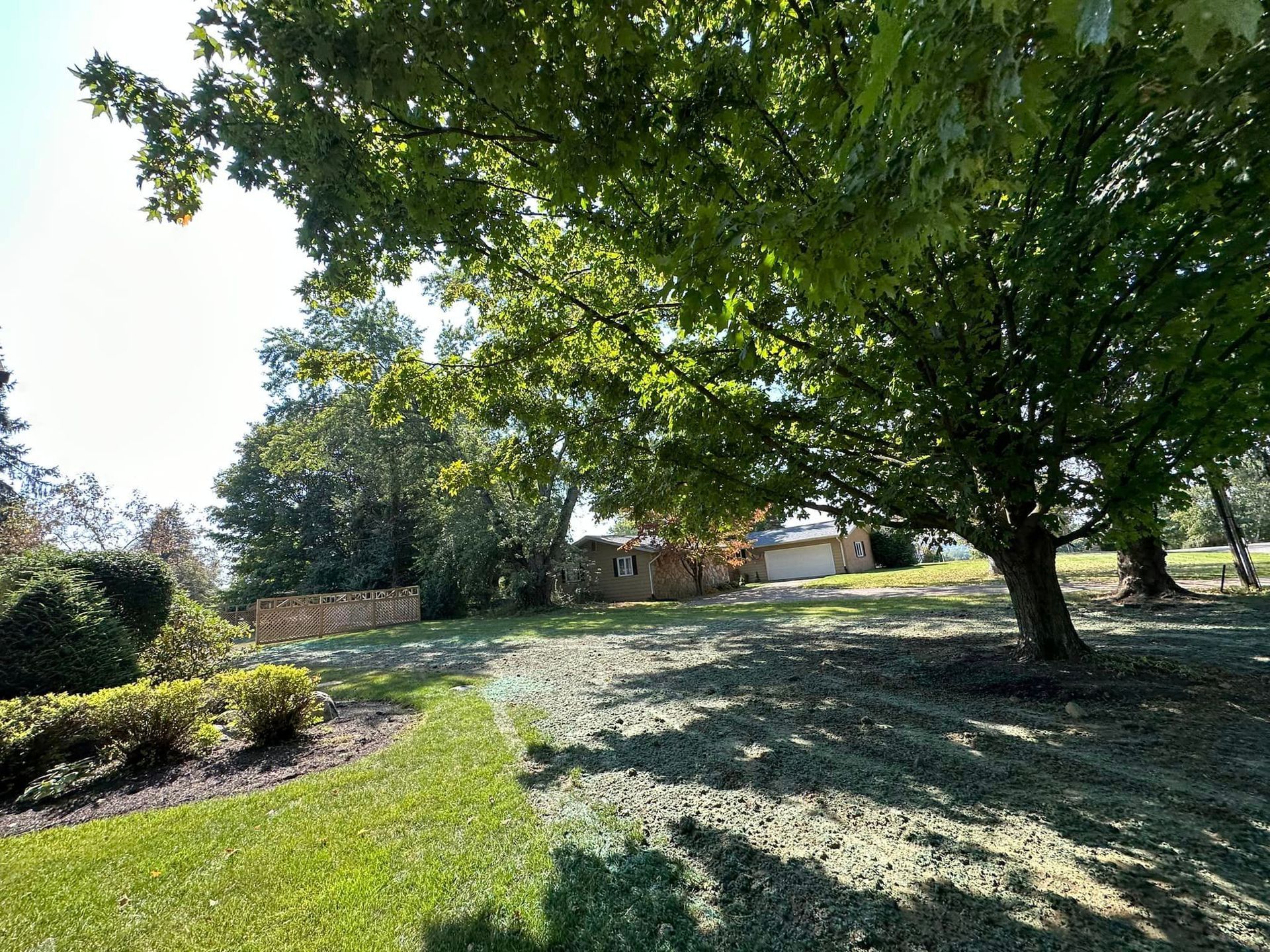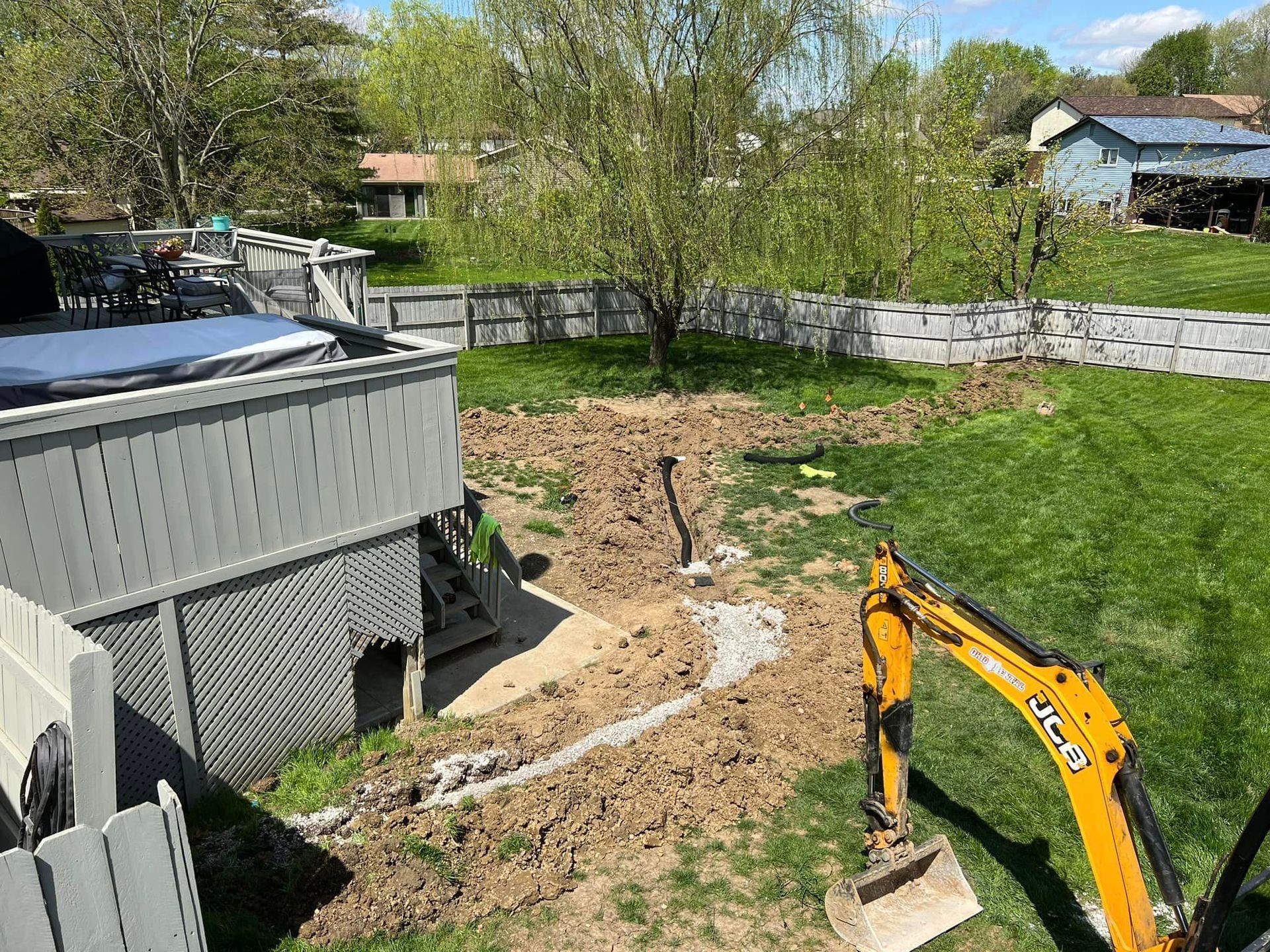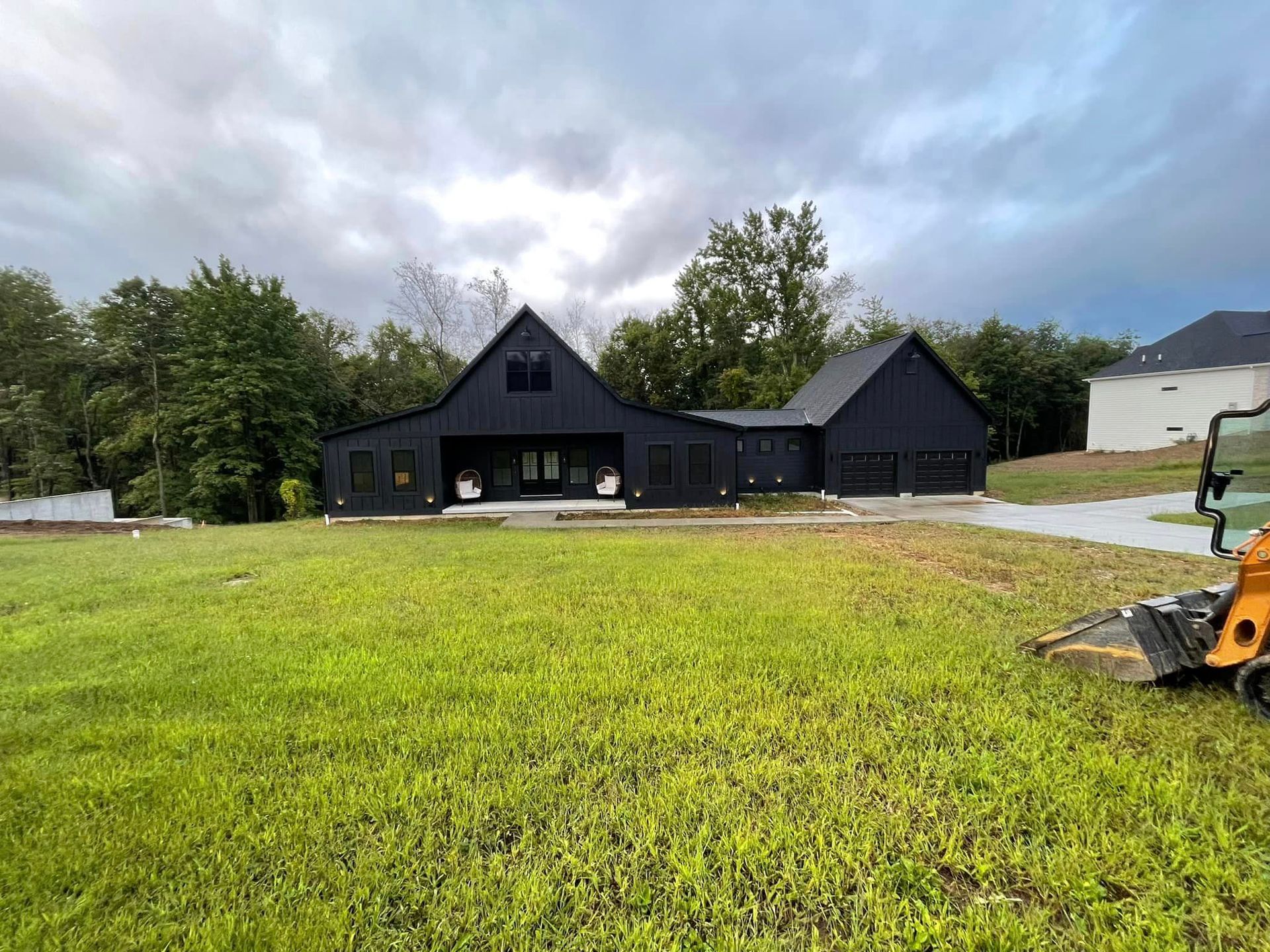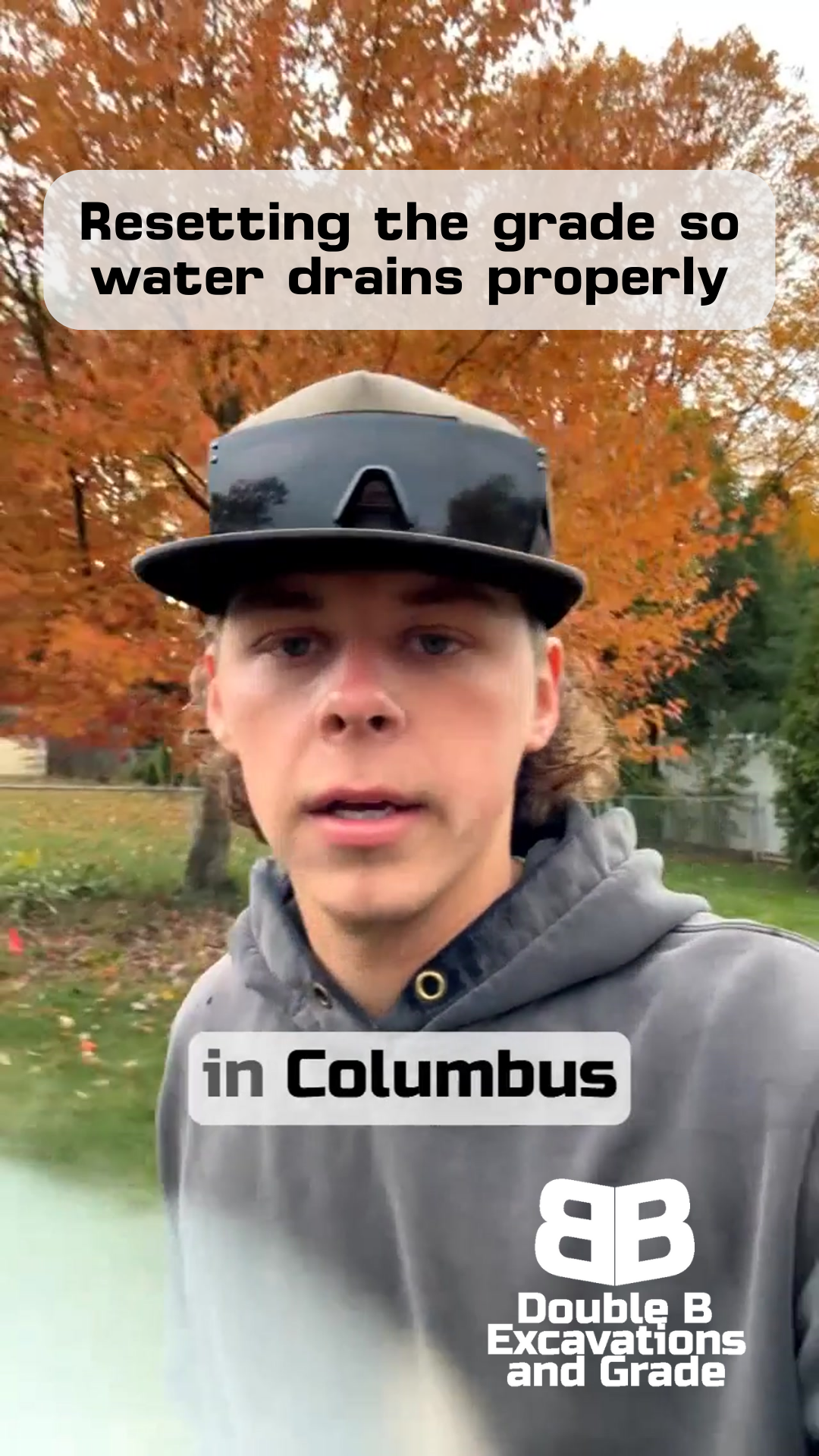Underground Utility Navigation: How We're Installing Newark's New Sewer Line
Double B Excavations & Grade LLC
Below Ground, Above Standards
WHY CAREFUL PLANNING MATTERS IN UNDERGROUND WORK
When you're working underground, what you can't see is just as important as what you can.
That's the situation we're facing today in Newark, where we're installing a new sewer line.
Most folks driving by just see an excavator and some pipe, but there's a whole lot more going on beneath the surface.
Here's something I've learned over years of excavation work: rushing underground projects is asking for trouble.
Between existing utilities, proper grading, and code requirements, every dig requires careful planning and even more careful execution.
One wrong move could mean damaged utilities, incorrect flow, or future problems for the homeowner.
Welcome to Double B!
Project Setup
This Newark project is a perfect example of why we take our time and do things right. We're installing a 40-foot sewer line that needs to make a significant turn - and we've already identified multiple utility lines we need to work around. You might think installing a sewer line is as simple as digging a trench and dropping in some pipe, but there's much more to it than that.
Before we even started digging, we knew this would be a complex job. The line needs to make a 90-degree turn, which brings its own set of challenges. Add in what looks like fiber and gas lines crossing our path, and you've got a project that demands experience and patience. This is exactly the kind of work where cutting corners could lead to serious problems down the road.
Safety First: Working Around Utilities
Let me tell you about what we found when we started this dig in Newark. Not one, but two utility lines running through our work area - we're pretty sure one is fiber and one is gas. This is exactly why we take our time with underground work. You can't just dig fast and hope for the best when you're dealing with utilities that could affect an entire neighborhood.
The way we handle these situations is pretty straightforward: slow, careful digging around any marked utilities. It might take longer, but think about the alternative. A damaged gas line isn't just expensive to fix - it's dangerous. And if you cut a fiber line? Well, you've just become very unpopular with everyone who loses their internet connection. That's why we'd rather spend an extra hour being careful than a week fixing a mistake.
Technical Aspects of Proper Installation
Now, let's talk about what goes into actually installing this sewer line the right way. First up is the stone bedding we're putting down. This isn't just fill material - it's specifically chosen to prevent the pipe from sinking over time. When you're dealing with sewage flow, you can't have low spots or dips in the line. That's just asking for backups and clogs down the road.
Then there's the matter of that 90-degree turn we need to make. Here's where knowing the code really matters. We can't just throw in a 90-degree elbow and call it a day. Instead, we're using two 45-degree bends to make that turn. Why? Because the code requires it, and there's good reason for that. A gentler turn using two 45s creates better flow and less chance of blockages than one sharp 90-degree bend. These are the kinds of details that separate a proper installation from one that'll cause problems later.
Process Breakdown
Since we're already on site in Newark, let me walk you through exactly how we're handling this installation. First thing we did was get all that trash and debris out of the work area. You can't do precise work in a messy workspace, especially when you're working around utilities.
The process is methodical: grade the area properly, lay down the stone bed, and then carefully place each section of pipe. When we get to that turn, those two 45-degree bends have to be positioned just right. Every step matters because once this is buried, any problems become a whole lot more expensive to fix.
Looking Forward
A sewer line installation like this one in Newark might not look complicated from the surface. But it's the attention to detail underground that determines whether you'll have a reliable system or ongoing problems. Between navigating utilities, following code requirements, and ensuring proper flow, there's no room for shortcuts.
What We've Learned
Every project teaches us something, and this one in Newark reinforces what we've always known: taking your time to do it right the first time saves everyone headaches down the road. Whether it's carefully working around utilities or using the right angles for proper flow, these details matter.
Need Help?
If you're planning any underground utility work in Newark or the surrounding area, remember that what you can't see is just as important as what you can.
We're always happy to take a look at your project and help you understand what it'll take to do the job right.
Because at Double B, we believe every underground project deserves above-ground standards.
